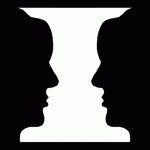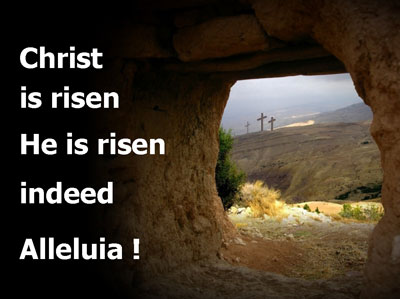My first prayer notebook from years ago had belonged to Joe Montibello, one of my husband’s philosophy  students. It became mine—a disreputable, recycled derelict with mangled spiral and tatters of ripped-out pages for me to record on-going requests—Kelly’s chronic asthma, her two nieces, assorted missionaries. But then the Prayer-Chain God said, “Pray for the empty lines.”
students. It became mine—a disreputable, recycled derelict with mangled spiral and tatters of ripped-out pages for me to record on-going requests—Kelly’s chronic asthma, her two nieces, assorted missionaries. But then the Prayer-Chain God said, “Pray for the empty lines.”
“The empty lines . . .?”
“Yes. You don’t know what they are yet, but they’ll be filled soon enough.”
And soon enough they were filled with an endless catalogue of need—heart attacks, straying children, finances.
But why take on sorrows ahead of time? Doesn’t “Sufficient for the day is its own trouble” apply here?
Evidently not. Perhaps praying for empty lines takes in that vast ocean of need that lies unseen around us. Plus, we haven’t yet seen the empty lines in our own lives—unfathomable woes that could pull us under at any time.
There’s an approach to artistic drawing that in effect pictures negative space, rather than the object itself. In other words, you draw what you don’t want to depict, and the desired object shows up as a byproduct.

If you are seeing a vase, then you are seeing the white area as the positive space. The black areas become the negative space. If you are seeing faces, then you are seeing the black areas as the positive space, and the white area as the negative space.
“God, is that your way with empty lines—the effect shows up when space is stripped away?”
“Yes. And don’t forget the greatest empty space of all and what that revealed.”
“What’s that?”
“The tomb.”
God of after-sunset,
God of half-light and almost night,
God of quiet stillness,
God of coolness that drifts up from the river,
God of silhouetted leaves against a silvered sky,
God of these, be my God, too.
(Author unknown)
“And Lord, may I add, ‘God of empty lines,’ to that poem?”
“Yes, you may. I AM your God.”

May the Empty Tomb shape your life, not just this Easter season, but every day, every season.
egus@me.com

Thank you Le, A new approach to my prayer journal. I will never look at empty lines in the same way.
I love you muchly, Carolyn